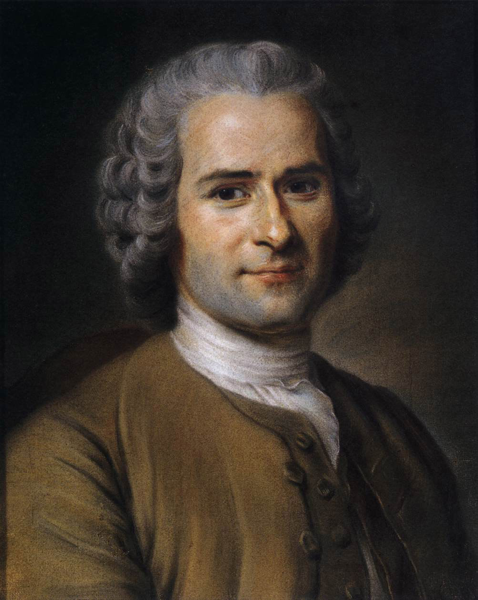Reason and Passion in 18th Century Europe

Cross Listed with RC Hums 344-001
This course examines and compares significant works of visual art, literature and philosophy created in Europe during the eighteenth century. In the midst of radical changes in political institutions and social life, works of creative imagination such as paintings, novels and speculative essays helped to define and re-define the nature of "human nature." Although sometimes called an age of reason, this was equally an age of feeling, and rational approaches to the improvement of human life went hand in hand with confidence in the truth of the emotions. An experimental attitude charges much of the religious, political and philosophical writing of the period, and thought experiments of various kinds were carried out in the subject matter and technical innovations of engravings, paintings and architectural designs. As we shall see, the idea that individual liberty should not be constrained by established doctrine is a major feature of intellectual and artistic discourse in this period, and one that was closely associated with the idea that human beings are fundamentally creatures of nature, subject to the laws of physics and driven by passions and appetites. Advances in natural science and manufacturing encouraged belief in progress regarding human comforts and freedoms while at the same time raising doubts about God's role in the day-to-day operation of the universe. Many traditional customs and beliefs were attacked as obstacles to freedom and progress, but contrary to what is often said about the Enlightenment, religion was not cast aside by most thinkers but was accommodated to rational ways of knowing the world. Liberty of thought ("the freedom to philosophize") was understood by many writers and artists to be the key to progress and the attainment of human happiness, and thus we find a great deal of attention given in visual art, literature and philosophy to the interior life of the human being and to the recording and investigation of individual experiences and perceptions. We will organize our inquiry around the questions "what is a person?" and "what is the relation of a person to society?"
Textbooks/Other Materials: Descartes, René, Discourse on Method and Related Writings, trans. Desmond M. Clark, London: Penguin Books, 1999. ISBN: 0140446990 Defoe, Daniel, Robinson Crusoe, ed. John Richetti, London: Penguin Books, 2001. ISBN: 0141439823 Pope, Alexander, Essay on Man and Other Poems, New York: Dover Publications, 1994. ISBN: 0486280535 Rousseau, Jean-Jacques, A Discourse on Inequality, trans. Maurice Cranston, London: Penguin Books, 1984. ISBN: 0140444394 Voltaire, Candide and Other Stories, trans. Roger Pearson, Oxford: Oxford University Press, 1998. ISBN: 9780192834263 Goethe, Johann Wolfgang von, The Sorrows of Young Werther, trans. Michael Hulse, London: Penguin Books, 1989. ISBN: 014044503X Mary Wollstonecraft, A Vindication of the Rights of Woman, revised ed., London: Penguin Books, 2004. ISBN: 0141441259 Mary Shelley, Frankenstein, or The Modern Prometheus, revised ed., London: Penguin Books, 2003. ISBN: 9780141439471 Outram, Dorinda, The Enlightenment, 3rd ed, Cambridge: Cambridge University Press, 2013. ISBN: 9781107636576
Course Requirements: Two short papers, two short slide-essay exams, research paper
Intended Audience: Sophomore standing
Class Format: Two 80-minute meetings, lecture and discussion
Estimated Cost of Materials: $100-150
HISTART Distribution Requirements: 3. Early Modern, 4. Modern and Contemporary, D. Europe and the US